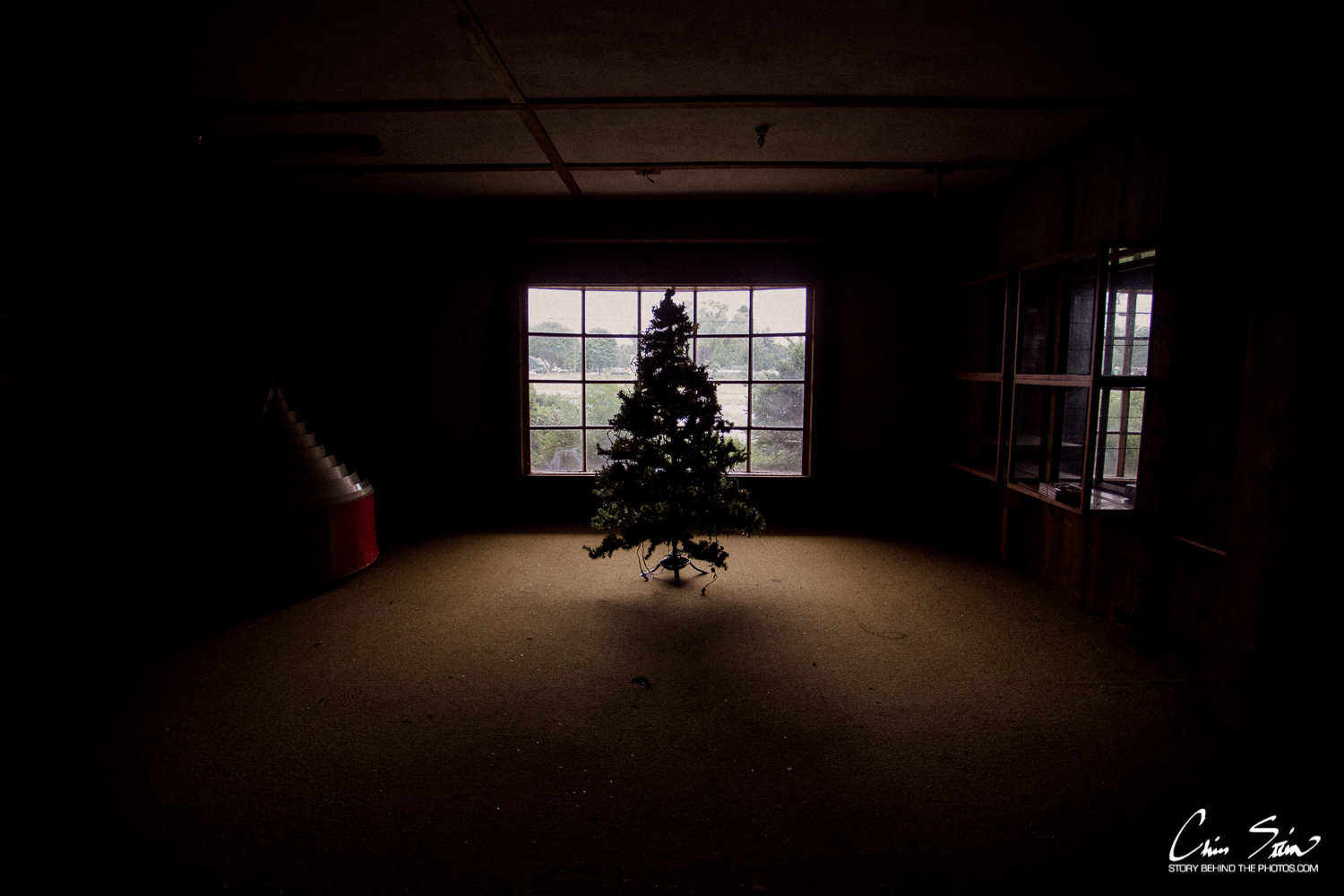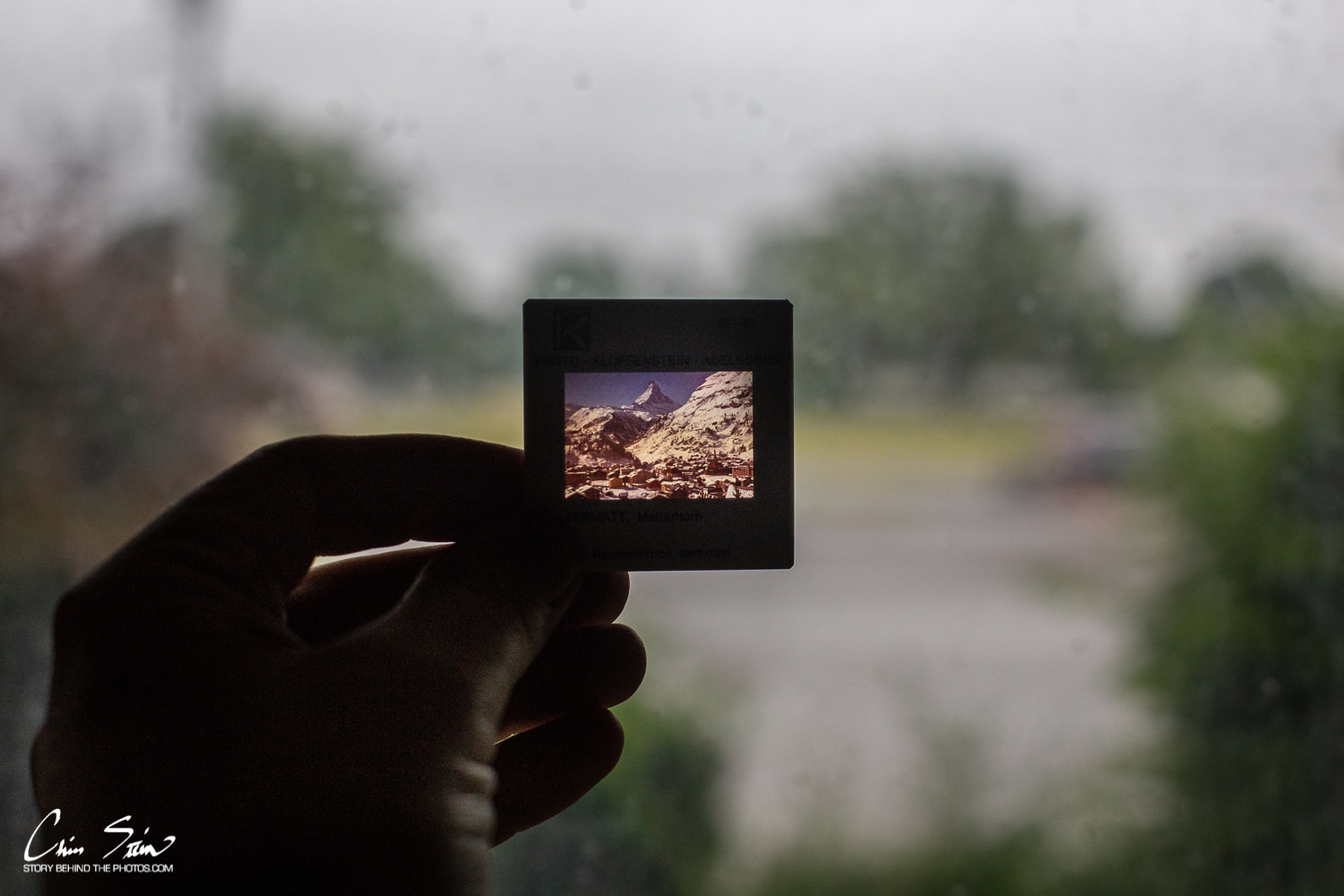In 1969 famed biologist Nikolaas Tinbergen won the noble prize for his work on understanding animal instincts and ultimately stimuli that caused these actions. His famous experiment involved realizing that gull chicks would respond to red dots on their mothers yellow beak as a signal to open their mouths and chirp for food. He was able to run a series of experiments where he discovered that using a yellow knitting needle with 3 red dots would super charge their response, even more than say their own mother’s beak. The chicks would chirp louder and longer when presented with the yellow needle and three dots. When the mother would come back they would chirp less loud and for a shorter duration.
This work led to the discovery of what is called Supernormal stimuli. Basically biologists found out that animal instincts could be manipulated and super charged to illicit a greater response. What was so interesting is that upon studying humans we found we could do the same thing to humans and supercharge our responses to stimuli too.
One popular example is the creation of Brat dolls with super huge faces and eyes that supercharges our standard draw to human faces and made the toys incredibly successful as a toy line. We see this today with apps that use filters that distort the human face, plump the lips, and increase the size of eyes or other features of the human body on sites like instagram.
Carried over to advertising we also see this in hyper feminized or hyper masculinized images of men and women on say, television. By showing off curvy parts of the body or the “V” cut chest of a male this supercharges our normal reaction to mating and mate selection biases.
In clothing design we see the placement company logos and slogans with certain color combinations on the seat of the pants manipulates our hardwired evolutionary biases. Think about that the next time you see something written on someones caboose.
Food and the way it is marketed is also supercharged by playing up the fat, salt, and sugar as ingredients. Food scientists know this manipulates our hardwired proclivity toward these ingredients in our bias as a survival mechanism.
If you decide to look supernormal stimuli manipulation is literally everywhere. So how can you use this idea in your creative or photography work?
Realize that modern media and images are highly distorted to make sales and you are likely falling prey to these subconscious traps. They are everywhere.
Realizing that certain poses of models either play up or play down this hyper masculinity or hyper femininity and this can have drastic implications for you work and how it is received.
Understanding the power of the human face and how they can be manipulated is important for say portrait photographers.
Always be looking for supernormal stimuli and understand its effect on marketing in social media and the web.







